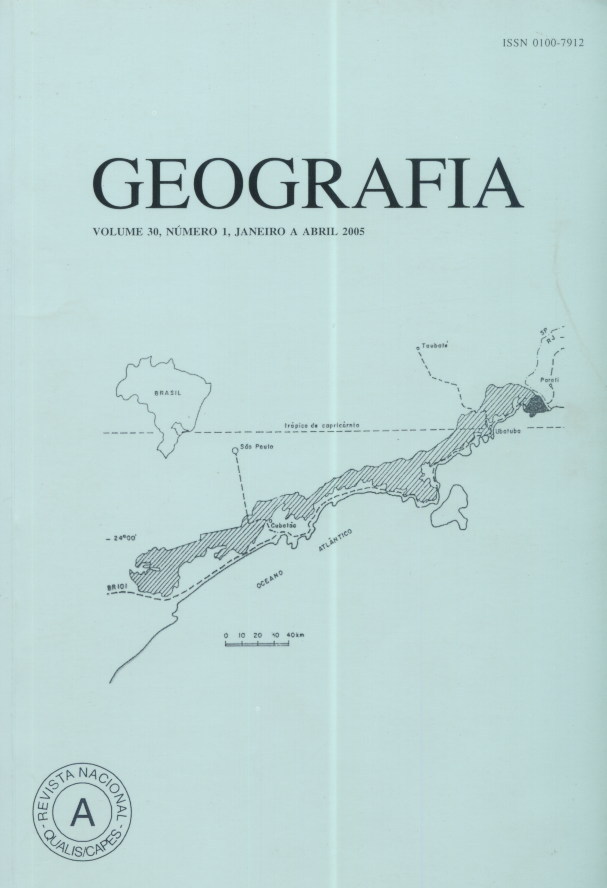Evolving analysis of land cover and land use in settlement projects in the amazonian agricultural frontier, using geotecnology
Abstract
The southeastern region of Pará, Brazil, constitutes today one of the critical areas of deforestation in Amazonian region, due to the great socioeconomic transformations that have occurred. In this context, the present work evaluates the spatial dynamics of the land cover and land use in the “Agroextrativista Praialta and Piranheira”, “Lago Azul” and “São Francisco” settlement projects. For this, Landsat/TM images from 1984, 1988, 1992, 1996, and 2000 were analyzed considering the supervised classification by regions of fraction images (vegetation, soil, and shade), generated by the Linear Spectral Mixing Model. It was verified that the reduction of primary forest areas is associated with the intensification periods of agricultural and cattle raising activities, with variable intensity according to different settlement projects and the analyzed time periods. Pasture represents the dominant pattern of local land use, increasing in area, sometimes, doubling in consecutive years. For the dynamics of the landscape, the higher percentage of stability occurred for the classes “Floresta Primária” (Primary Forest) and “Capoeira Alta”. Higher percentage of conversion to pasture, especially “Pasto Sujo” (Weedy Pasture), were observed for all the classes mapped. The antropization processes, which occurred in the study areas, have shown distinct trajectories due to the particularities of the migration flux and the strategies of land distribution. Key words: remote sensing; geoprocessing; multi-temporal analysis; landscape dynamics; southeastern Brazilian Amazonia.Downloads
Published
Issue
Section
License
The authors maintain the copyright and grant GEOGRAFIA the right of first publication, with the articles simultaneously licensed under the Creative Commons BY 4.0 License, which allows sharing and adapting the articles for any purpose, as long as appropriate credits and provisions of image rights, privacy or moral rights. Other legal attributions can be accessed at: https://creativecommons.org/licenses/by/4.0/legalcode.en.
Geography, Rio Claro, SP, Brazil - eISSN 1983-8700 is licensed under the Creative Commons BY 4.0 License.





